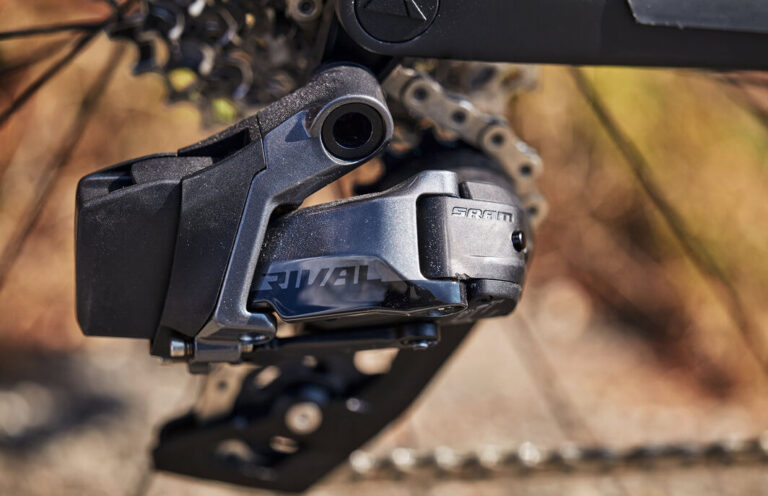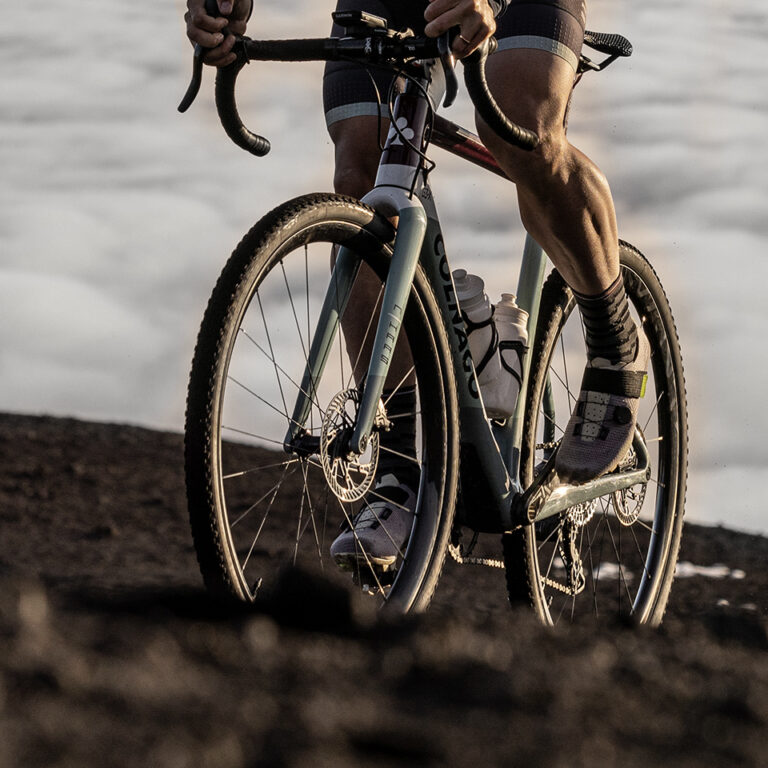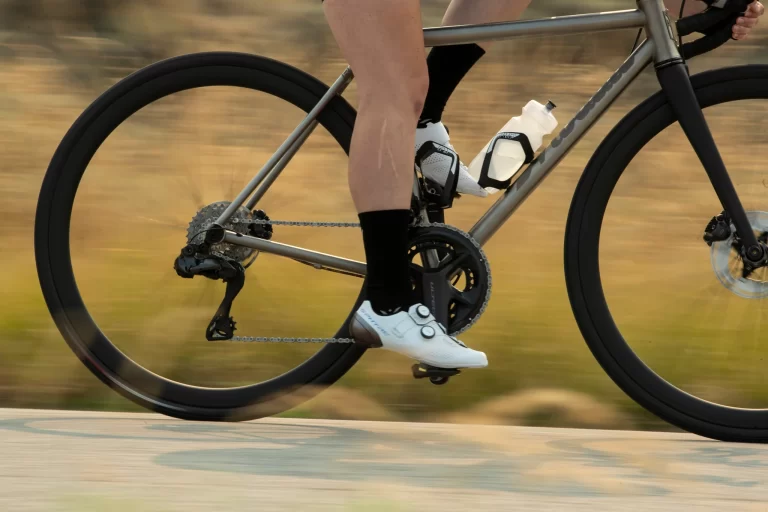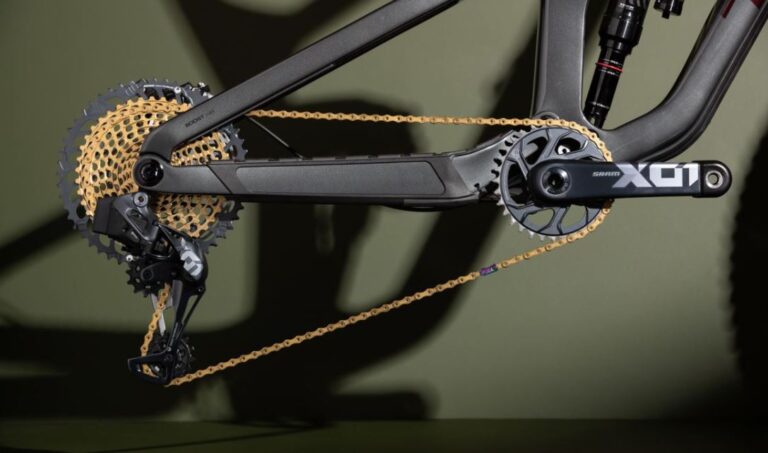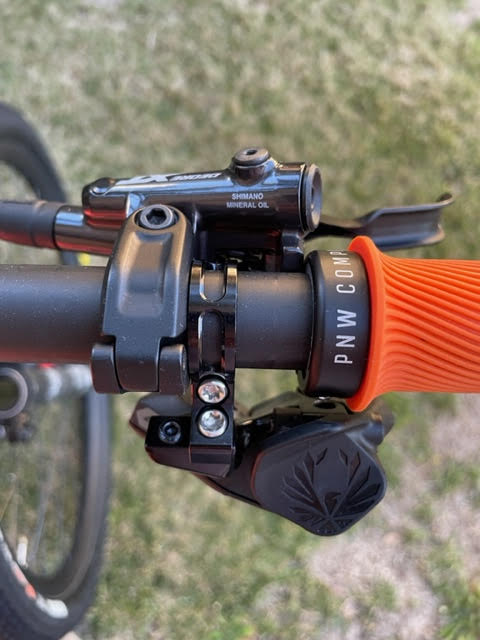Gear Up: How to Upgrade Your Bike Groupset

Key Point Summary of How to Upgrade Your Bike Groupset:
- Understand Your Needs: Before diving into upgrades, assess what you need. Are you looking for smoother shifting, lighter components, or more gears?
- Compatibility Is Key: Ensure that your new groupset will work with your bike’s frame, wheels, and other components.
- Research Is Your Friend: Spend time looking into different brands and technologies to find what suits your riding style and budget.
- DIY or Professional Help: Consider whether you have the skills and tools to do the upgrade yourself or if you’ll need professional assistance.
- Adjustment and Tuning: After upgrading, fine-tuning your setup is crucial for optimal performance.
As a seasoned master cyclist with years spent racing and riding across a variety of disciplines—from mountain biking to gravel grinding, cyclocross, and beyond—I’ve had my fair share of tinkering, upgrading, and outright overhauling my bikes to keep them in peak condition and performance. Upgrading your bike’s groupset is one of those endeavors that can significantly enhance your riding experience, whether you’re pushing for podiums or just enjoying the weekend trails. Let me walk you through the ins and outs of upgrading your bike groupset, from a perspective that’s seen a lot of chains, cassettes, and shifters over the years.
The Journey to an Upgrade
Embarking on a groupset upgrade can feel like setting off on a grand adventure. You’ve got your destination in sight—whether that’s a more efficient drivetrain, a setup that better suits your terrain, or simply the joy of breathing new life into a beloved bike. But, as with any journey, it’s the preparation and steps along the way that ensure a successful outcome.
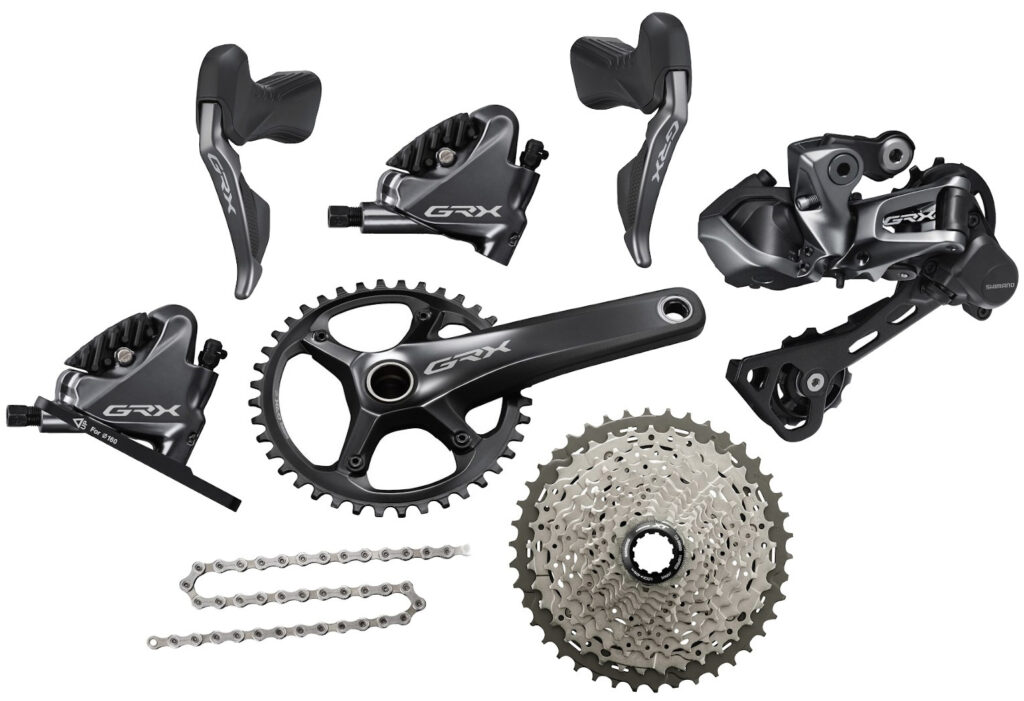
Understanding Your Needs
First things first, pinpoint why you’re upgrading. In my racing days, I often chased lighter weight and more responsive shifting, especially when milliseconds on a cyclocross course could mean the difference between first and second place. For my gravel bike, however, durability and a wide gear range took precedence, helping me tackle long, grueling rides with unpredictable terrain. Your reasons might vary, but knowing them will guide your decisions.
Compatibility Checks
One lesson I’ve learned, sometimes the hard way, is that not all parts play well together. I remember excitedly getting a new crankset only to find it didn’t fit my bike’s bottom bracket. Compatibility spans several areas: ensuring the groupset matches your bike’s specifications (like frame spacing and mount types), works with your wheelset (especially important for disc brakes and cassettes), and fits any existing components you plan to keep. Double-check everything before pulling the trigger on purchases.
Delving into Research
The cycling world is vast, with myriad options for groupsets. From Shimano’s reliability and widespread use to SRAM’s innovative gearing options and Campagnolo’s classic flair, each has its unique characteristics. Not to mention, the rise of electronic shifting systems has added a whole new layer of consideration. I’ve spent countless hours comparing gear ratios, reading reviews, and even testing friends’ bikes to understand what might work best for me. This step is crucial; immerse yourself in the cycling community’s wealth of knowledge.

DIY Versus Professional Installation
Are you handy with a set of Allen keys, or does the thought of indexing a derailleur fill you with dread? Your answer here will determine whether you embark on the upgrade yourself or enlist the help of a local bike shop. While I enjoy the satisfaction of a DIY job, I won’t hesitate to admit that some tasks—like installing a new bottom bracket—are best left to the professionals. Consider your skill level, the complexity of the upgrade, and, importantly, the tools you have at your disposal.
The Importance of Fine-Tuning
After successfully upgrading your groupset, the work isn’t quite done. Proper adjustment and tuning are what elevates a good upgrade to a great one. I’ve had my share of post-upgrade rides that felt off until I dialed in the shifting and brake tension just right. Sometimes, it’s a matter of trial and error; other times, a quick tweak is all it takes. Either way, this final step is crucial for enjoying the full benefits of your new groupset.
How to Upgrade Your Bike Groupset: Closing Thoughts
Upgrading your bike’s groupset is a journey filled with learning, challenges, and ultimately, the joy of riding a bike that feels new again. Whether you’re after performance gains, tackling new terrain, or simply reviving an old steed, the process is a rewarding one. Remember to start with clear goals, do your homework on compatibility and options, and decide whether you’re up for a DIY project or if you’ll seek professional help. Lastly, don’t underestimate the importance of fine-tuning your setup; it’s the key to unlocking the full potential of your upgrade.
If we consider versatility, technological advancement, and popularity among a broad spectrum of riders, Shimano Ultegra Di2 often emerges as a top contender.
The Shimano Ultegra Di2 groupset strikes an exceptional balance between performance, reliability, and price. It offers much of the technology and features found in the professional-grade Dura-Ace Di2 groupset but at a more accessible price point. Here’s why it stands out:
- Electronic Shifting: The Di2 (Digital Integrated Intelligence) system ensures precise, quick, and reliable gear changes with the push of a button. This technology minimizes the effort required to shift and virtually eliminates missed shifts.
- Versatility: Ultegra Di2 is well-suited for a wide range of road cycling activities, from competitive racing to long-distance endurance rides, and even gravel biking with the right setup.
- Durability and Maintenance: While it boasts advanced technology, Ultegra Di2 is also known for its durability and ease of maintenance, making it a practical choice for serious cyclists who log many miles.
- Weight and Performance: While slightly heavier than its Dura-Ace sibling, Ultegra Di2 still offers a lightweight package that doesn’t compromise on performance. The difference in weight is often negligible in real-world riding conditions.
It’s important to note that the best groupset can still vary based on individual needs and preferences. For mountain bikers, a model like the SRAM XX1 Eagle might be more appealing due to its wide gear range and off-road capabilities. Similarly, those with a preference for Italian craftsmanship might lean towards a Campagnolo Super Record groupset for their road bike.
The Shimano Ultegra Di2 represents a sweet spot for many riders, offering advanced technology and performance at a more palatable price point, making it a compelling choice for a wide variety of cycling enthusiasts.
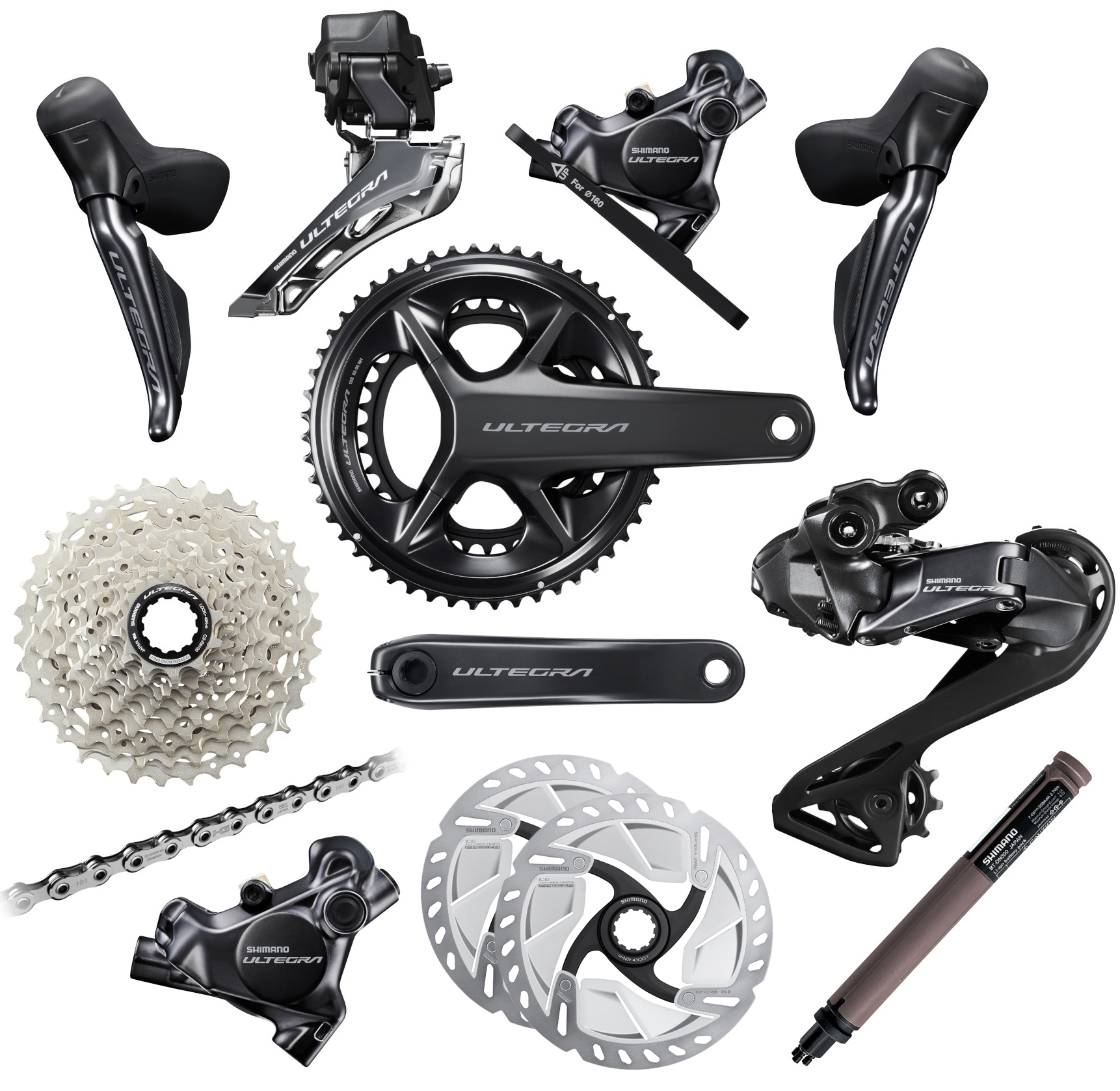
Happy upgrading, and see you on the trails and roads!
John
FAQ
Can I change the groupset on my bike?
Yes, you can change the groupset on your bike, but ensure compatibility with your bike’s frame, wheels, and other components.
What are the benefits of upgrading groupset?
- Improved shifting performance and reliability
- Weight reduction for better efficiency
- Enhanced durability and longevity
- Potential for more gear options and better-suited gearing for your riding style
Why are road bike groupsets so expensive?
- Advanced materials (carbon fiber, titanium) to reduce weight
- Precision engineering for reliable performance
- Research and development costs for technology advancements (e.g., electronic shifting)
- Brand reputation and market positioning
Can a groupset make you faster?
Indirectly, yes. A higher-quality groupset can improve shifting efficiency, reduce bike weight, and offer better gear ratios for optimal power transfer, all of which can contribute to improved riding performance and potentially make you faster, especially over longer distances or in competitive scenarios.

